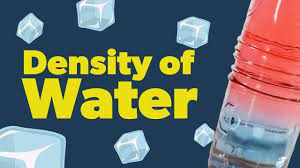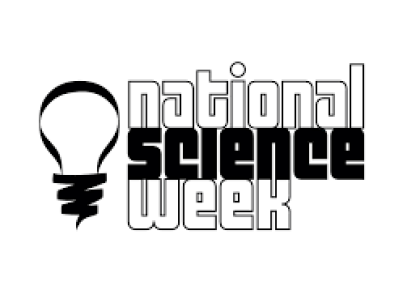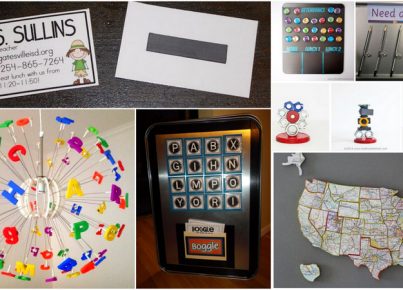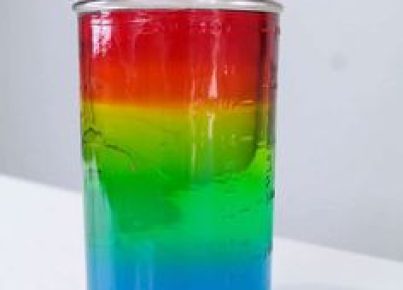Water density is a fascinating subject for science experiments, especially when introducing concepts such as buoyancy, temperature effects, and the properties of matter to young learners. Here’s an enlightening and fun article about science experiments for kids that explore water density and temperature.
Exploring Water Density and Temperature: Fun Science Experiments for Kids
Experiment 1: Temperature and Density Discovery
Objective: To show how temperature can affect the density of water.
Materials:
– Three clear glasses or jars
– Food coloring (three different colors)
– Warm, room temperature, and cold water
– A spoon
Instructions:
1. Fill one glass with cold water and add a few drops of blue food coloring.
2. Fill the second glass with room temperature water and add a few drops of green food coloring.
3. Fill the third glass with warm water and add a few drops of red food coloring.
4. Carefully pour the room temperature green water into the container with the warm red water.
5. Observe what happens when you slowly spoon the cold blue water into the same container.
Conclusion:
Kids will observe that the warm red water (less dense) stays at the top, green room temperature in the middle, and cold blue sinks to the bottom, demonstrating that colder water is denser than warmer water.
Experiment 2: The Salty Sea Adventure
Objective: To demonstrate how salt affects water density.
Materials:
– Two clear glasses
– Water
– Table salt
– Food coloring
– A small egg or a grape
Instructions:
1. Fill both glasses with equal amounts of water.
2. Add several tablespoons of salt to one glass and stir until dissolved. Add a drop of food coloring for visual effect.
3. Carefully place the egg or grape in the plain water and observe what happens.
4. Now transfer it to the salty water and observe again.
Conclusion:
Children will find that in plain water, objects like grapes or eggs might sink because they are denser than plain freshwater; however, in salty water, they float because salt increases the density of the water making it easier for objects to float.
Experiment 3: Iceberg Ahead!
Objective: To demonstrate how different densities interact between solids and liquids.
Materials:
– A clear bowl or tank
– Ice cubes dyed with food coloring
– Lukewarm Water
Instructions:
1. Fill a clear bowl or tank with lukewarm water.
2. Add colored ice cubes to the tank.
3. Watch as they begin to melt slowly.
Conclusion:
Kids will discover that ice floats on top of warmer water because it is less dense than liquid water even when melting. They’ll also notice how the colored meltwater from ice diffuses within lukewarm water creating currents which can mimic real-life sea currents due to temperature differences.
These hands-on experiments not only illustrate basic scientific principles but also encourage curiosityand analytical thinking among kids about everyday phenomena related to science!





